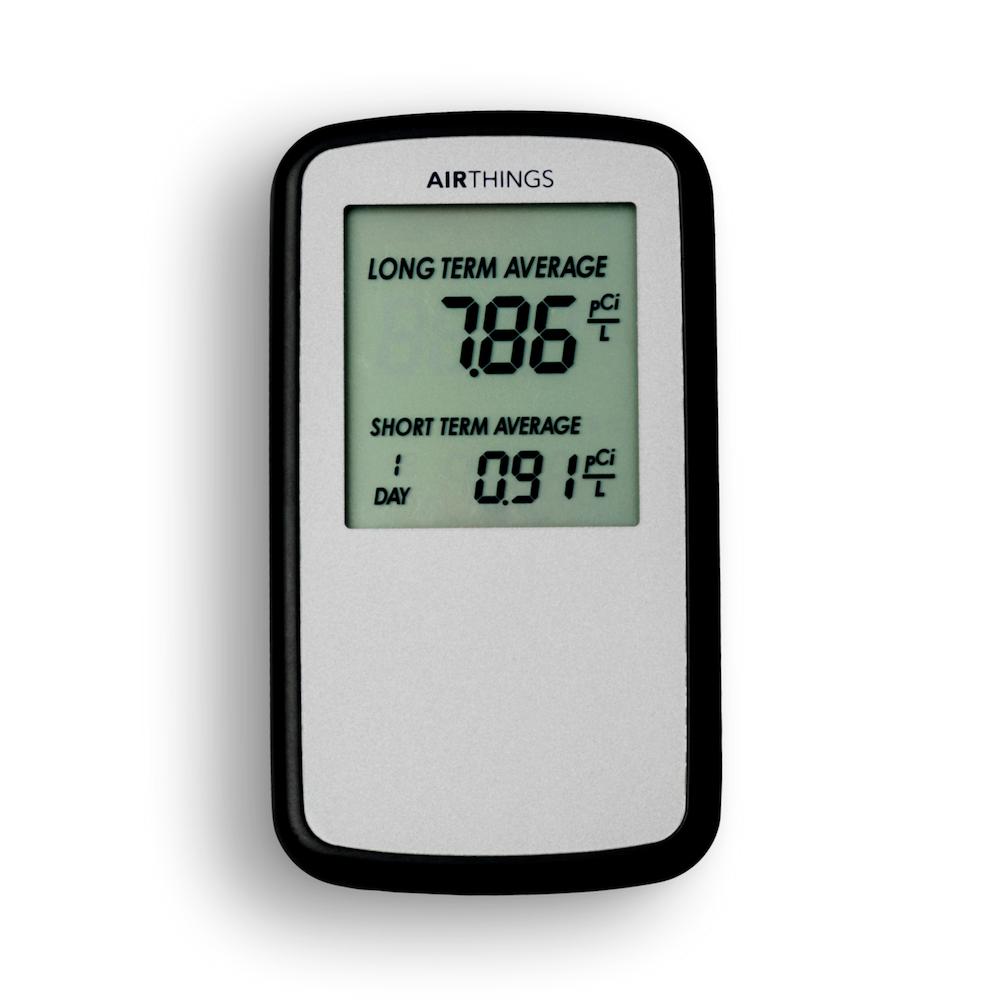Radon Facts – – Radon.com.
Do I need a radon test if I have a crawl space?

If the level falls between 2.0 and 4.0 pCi/L, a mitigation system is beneficial and is strongly encouraged if there will be current or ex-smokers in the home. A level of 4.0 pCi/L and higher is considered extremely dangerous to live in, and mitigation should be performed either before you move, or shortly thereafter.
It is essential that either the specialist solution or house examination kit be EPA-approved. A radon reduction system includes ventilating your house by using PVC piping to attract radon gas up from the soil and out of your residence, according to the EPA. If you have a sump pump) or a hole made under your concrete floor piece, the most effective system is an air vent pipe put in the sump pit (. A special in-line radon follower is positioned in the attic room or outside your home to draw air with the vent and radon from under the cellar floor. The simplest technique is to run the vent out the side of your home and up to the eaves.
How do you get rid of radon in water?
As a temporary solution, however, you can reduce radon levels simply by opening windows. Opening windows improves air circulation and ventilation, helping move radon out of the house and mixing radon-free outside air with indoor air. Make sure all your basement windows are open.
Most scientists agree that the danger of fatality for radon at 4 pCi/L is approximately 1 in 100. At the 4 pCi/L EPA radon activity standard level, lugs approximately 1000 times the risk of fatality as any other EPA carcinogen. The EPA has recommended to need area water distributors to give water with radon degrees no greater than 4,000 pCi/L, which contributes regarding 0.4 pCi/L of radon to the air in your house. It is necessary to keep in mind that the activity level is not a secure degree, as there are no "risk-free" levels of radon gas.
Radon is accountable for concerning 21,000 lung cancer fatalities each year in the United States, though it normally takes 5 to 25 years to establish. If your radon degrees aren't 4 pCi/L or better, however come close, it may deserve taking into consideration a few of these treatments anyway.
Where Is radon a problem in the US?
Similar to your dental or medical check-ups, radon testing should be conducted regularly at least twice a year. Like people, no two houses are the same. Radon levels can also vary between neighbours, so don't rely on their results to determine whether or not to test for radon. Like people, no two houses are the same.
- A radon reduction system involves ventilating your home by using PVC piping to draw radon gas up from the soil and out of your home, according to the EPA.
- " Eventually maybe sky high, and also the following day, nothing.
- Do not let radon gas scare you away from the residence you desire.
- The EPA recommends doing a second radon examination if a first short-term test signs up 4 picoCuries per litre (pCi/L) or greater.
- If you acquire DIY radon examination kits, Radon testing is affordable and simple.
Acquisition radon test kits
However, many individuals assume they are safe since they have a radon reduction system but have never executed a radon examination to see to it it's really working. Please make certain to do a radon examination after a mitigation system is installed as well as additionally at least every 2 years after that. Radon screening is low-cost and also easy if you purchase DIY radon test check here kits.
How much does a radon inspection cost?
A radon remediation method like ASD will not only reduce radon levels in a home, but it will also dehumidify the home. A dehumidifier, on the other hand, won't have any meaningful impact on radon levels. In fact, a dehumidifier was only able to achieve 8% to 25% of the moisture capacity that the ASD did!
The United States EPA has actually established the radon level of 4.0 picocuries per liter to be the action level for radon gas in homes. Significance, act to decrease radon levels that are greater than four picocuries per liter. However take into consideration doing something about it if radon degrees are in between 2-4.
Due to the fact that radon degrees can differ from day to day and also from season to season, testing can be done on the short-term (two to 90 days) or long-term (above three months). Short-term tests are best done if the outcomes are required quickly and should be adhered to by one more short-term examination.
Would you buy a house with radon?
As a temporary solution, however, you can reduce radon levels simply by opening windows. Opening windows improves air circulation and ventilation, helping move radon out of the house and mixing radon-free outside air with indoor air. Make sure all your basement windows are open.
